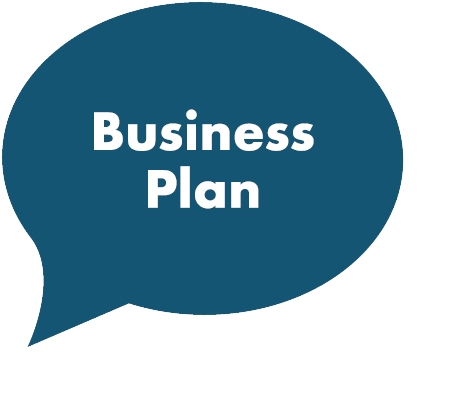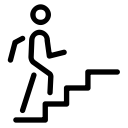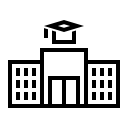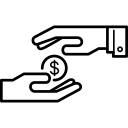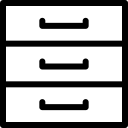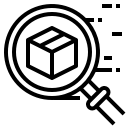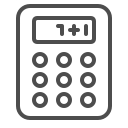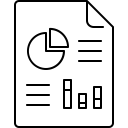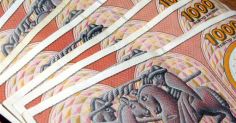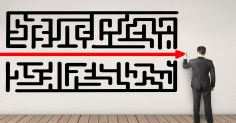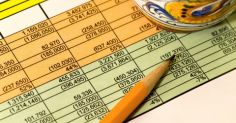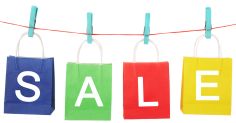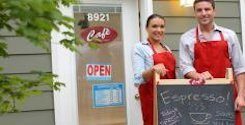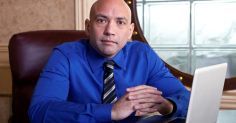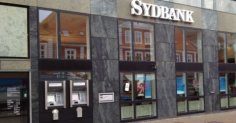Fritz Sybergs Vej 9
DK 8270 Hojbjerg
Scandinavia
info@dynamicbusinessplan.com


Operating Budget
The operating budget provides an overview of the costs of running your business.
In other words, the operating budget gives you an overview of the company’s day-to-day expenses and income. It gives you a chance to calculate an estimated profit.
Structure of the operating budget
All operating budgets for a commercial company follow this structure:
| Sale / Turnover - Variable costs / used goods = Gross profit - Fixed costs - Depreciation - Interests = Profit |
Sale/Turnover
Sale/turnover means the "the money you receive from the customers" when they have purchased a product or service from you.
- If you sell 10 pairs of shoes at $100 your sale / turnover will be $1.000
- If you sell 5 hours of consultancy service at $75 per hour your sale /turnover will be $375.
Any sales tax will not be a part of the budget. Sales tax will be accounted for separately. Read more about estimating costs.
Variable costs / used goods
In the second line of the operating budget deduct all expenses directly connected with the sale. The more you sell the higher variable costs.
- If you expect to sell 10 pair of shoes you have to buy 10 pair of shoes.
- If you expect to sell 7.000 pair of shoes you have to buy 7.000 pair of shoes.
The buying of shoes is directly connected with the selling of shoes (used
goods).
If you produce leather shoes you have to buy leather (raw material). The
purchase of leather will show as variable costs/used goods in the budget.
Consultants rarely have expenses concerning the “variable costs / used goods”.
e.g. an accountant has few direct expenses in producing the yearly accounts for
a client, say maybe 20 sheets of paper. They use “hours of work”. This expense
will be found under Fixed Costs.

Gross profit
The difference between Sale and Variable Cost is called
Gross Profit/ Contribution Margin.
It shows how much money you have got left to pay your rent, telephone, internet access,
marketing and your own pay.
It is important to have focus on that figure. If you do not have a sufficiently
high Gross Profit you have a bad business. Always try to optimise your Gross
Profit.
Gross Profit is also called the contribution margin.
Fixed costs
Fixed costs will usually not be bigger if you sell more, and not smaller when you sell less. The rent of the shoe shop will be the same whether you sell 10 pairs of shoos or 150 pair of shoes.
The staff can sell 150 shoes. But they only sell 10 pairs. It takes time to lay off staff so it is considered as a Fixed cost.
Fixed costs can be variable - like a telephone bill. It is because it does not vary with sales volume. The variation is due to other circumstances than the sales volume.
Write off/depreciation
You invest in a new building for your business, or you purchase a 10 thousand dollar machine. These big investments you cannot deduct in the accounts the first year. The investment must be spread out over several years.
One way to do it is to deduct (write off) 30% of the value every year. E.g.:
| A machine cost $10.000 - Year 1 you can deduct $3.000 in the operating budget (30 % of 10.000) - Year 2 you can deduct $2.100 (10.000 - 3.000 = 7.000. 30% of 7.000 = 2.100) |
For specific rules in your country contact an accountant or the relevant authorities.
Interest
If you borrow money in a bank
you can deduct the interest in the operating
budget. Also the different rates the bank charges for their work can be
deducted.
Interest for money borrowed from family or other sources can usually not be
deducted.
For specific rules in your country contact an accountant or the relevant
authorities.
Buy operating budget template

Don´t wait for the perfect opportunity. Start taking action, based on what you have readily available: who you are, what you know, and who you know.
- Saras D. Saravethy, professor in entrepreneurship













